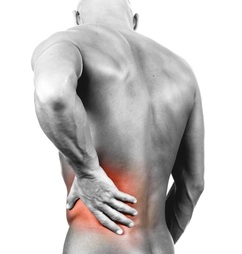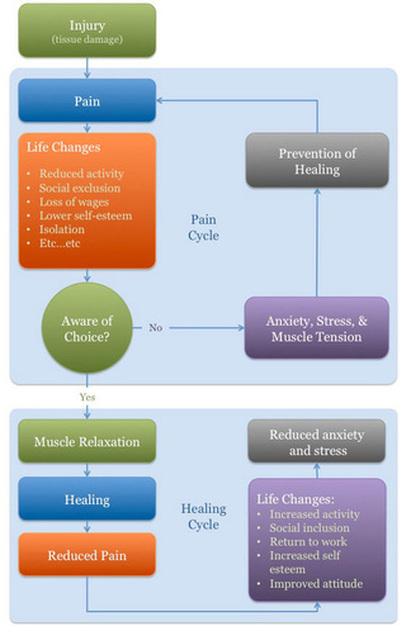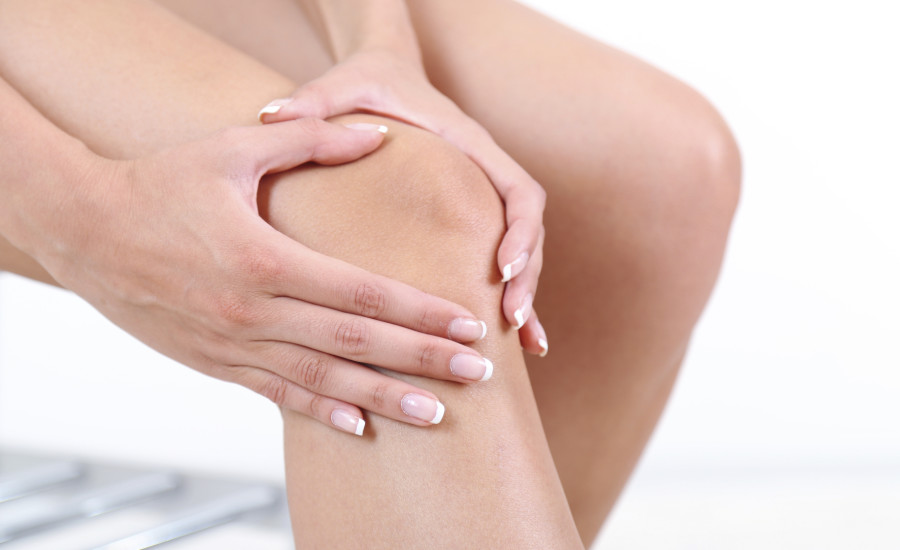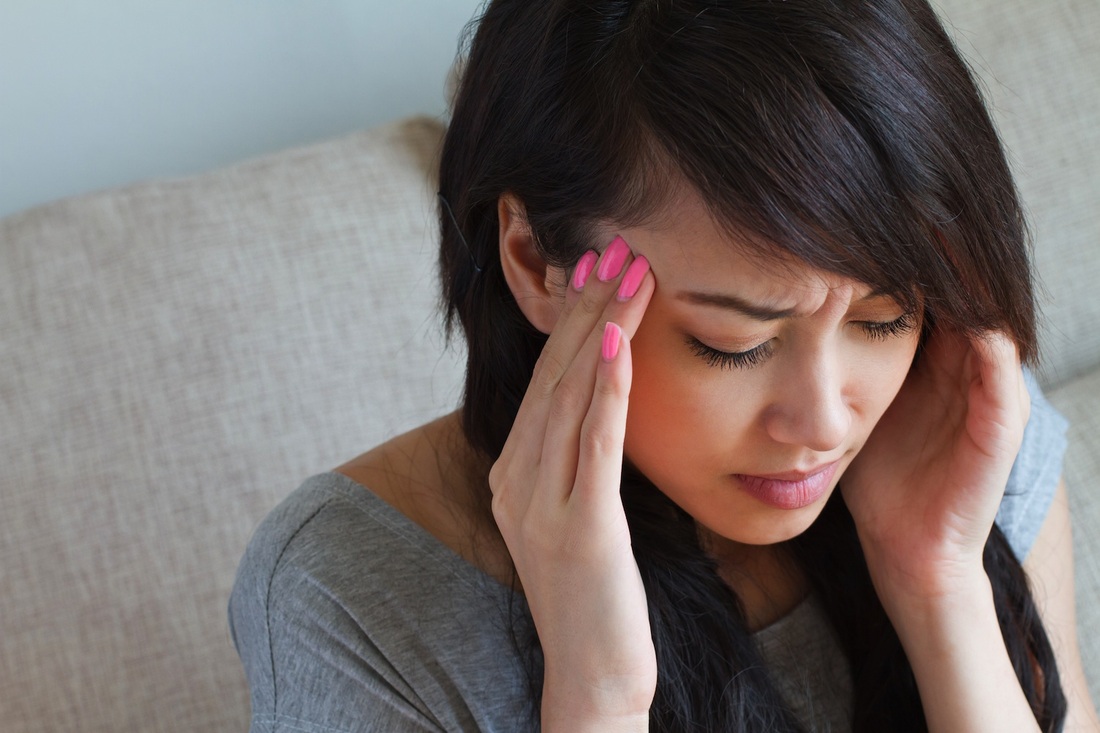|
Chances are that if you asked those around you, nearly everyone would admit that they have experienced knee pain to some degree. Whether it’s caused by arthritis, excessive foot pronation, or overuse of the muscles that protect these vulnerable joints, our knees take a beating. In fact, did you know that knee arthritis is the single greatest cause of chronic disability among U.S. adults ages 65 and older?
Here’s the good news: most chronic knee pain is avoidable. Research published in the New England Journal of Medicine suggests that exercise and physical therapy can be just as effective as surgery for relief from chronic knee pain related to arthritis. By strengthening and stretching key muscles and by learning ways to protect and take care of our knees, we can ultimately prolong the health of our knees. Here are 5 ways you can prevent and ease knee pain:
0 Comments
The vast majority of headaches that plague people fall into the category of muscle tension headaches. These headaches can be eliminated or significantly reduced with a comprehensive physical therapy approach.
 Many of us feel a sense of helplessness when faced with chronic pain. For whatever reason, we tend to look to medical authorities for all of the answers rather than to ourselves. Though it’s important to have the input and assistance of your doctor and physical therapist when managing chronic pain, it’s also important to recognize your own ability to create lasting change. Here are a few ways you can take charge of your health and reduce your chronic back pain: Be aware of your posture: Poor posture strains the back and is frequently a contributing factor of lower back pain. When you are standing or seated with poor posture, your spine isn’t properly aligned. This is what causes increased and uneven stress to muscles, ligaments, discs, and joints in the back. The correct posture is one that allows for a neutral spine. Though the spine itself isn’t actually straight, your body should always appear as if an invisible rod holds your head, torso, and legs in line with one another. Strengthen your back muscles: Exercise plays a large role in the rehabilitation of the back for a number of reasons. Most importantly, a lack of exercise prevents the diffusion of nutrients into the disc space. This diffusion is essential to back health, so it’s important to engage in routine exercises that will strengthen your back muscles. Sleep right: Certain sleeping positions might aggravate lower back pain. If you sleep on your side, place a pillow between your legs to prevent your upper knee and thigh from slipping forward and rotating your spine. Individuals who sleep on their backs should place a pillow beneath their knees in order to maintain a neutral spine, and stomach sleepers should place a pillow under their pelvis to prevent back strain. In addition to the pain management methods listed above, there are many other ways that you can achieve lasting relief if you are willing to dedicate a little time and focus. Get started today with help from our therapists at Staszak Physical Therapy & Wellness Center!  Chronic pain is almost always a challenge to manage. It’s an insidious problem that permeates many aspects of an individual’s life including work, relationships, and daily quality of life. If left untreated, the physical and emotional stressors of chronic pain can be overwhelming. Many wonder how pain that is strictly physical could grow to include pain that is also emotional, impacting so many different parts of a person’s life. It’s important to take into account the fact that a multitude of factors play a role in an individual’s emotional and psychological response to pain. What determines a person’s response to chronic pain? Our individual experience of pain is determined by our age, gender, culture, ethnicity, spiritual beliefs, socio-economic status, emotional disposition, and support system. Additionally, our perception of chronic pain is dependent on what life was like before the onset of chronic pain. Naturally, the more chronic pain impedes our ability to perform the tasks we are accustomed to doing, the more upsetting the experience of pain becomes. How did I get caught in the pain cycle? When we experience illness or injury that results in pain, many of us find ourselves stuck in what is known as the “pain cycle.” The pain cycle is a series of repetitious events surrounding chronic pain that continue to diminish our quality of life, rather than helping us to heal. How does the cycle work? First, we become injured or ill, which causes us significant pain. Such pain leads to considerable life changes such as reduced activity, social exclusion, poor work performance, and lower self-esteem. It is at this point that we have the choice to break the cycle by seeking help. If we do not do so, the negative cycle continues and leads to problems such as anxiety and increased stress, which then results in persistent tension and pain and the prevention of healing. How can I break the cycle? Once chronic pain begins to negatively impact your life, you have the choice to seek treatment. A number of different treatment options exist for individuals with chronic pain, many of which are offered at Staszak Physical Therapy & Wellness Center. Massage therapy, physical therapy, acupuncture, and clean eating are all effective healing methods for people suffering from all kinds of chronic pain. To initiate the healing process, we encourage you to try different treatment methods and choose one that best alleviates your pain. Soon, you will experience positive life changes such as increased activity, improved attitude, and reduced stress and anxiety. If you are struggling to manage your chronic pain, break the cycle by calling Staszak Physical Therapy & Wellness Center today at (541) 505-8180. Did you ever wonder why we have pain? We have pain to warn and protect us. Pain keeps us from touching the hot stove that would give us a burn. When we sprain our elbow, pain gives us a warning not to use it while it is healing and the swelling acts as a mini cast to hold things in place. Pain should facilitate healing because when we are in pain we don’t move. So you can see pain and swelling have a purpose, and when that purpose is complete the pain and swelling should go away and pain-free movement should return. At Patterson Physical Therapy & Wellness Center, we believe that the pain should go away after an injury is healed and you should return to what you love.
Pain comes from inflammation. When the pain persists it means that there is still an inflammatory response going on. Inflammation brings with it different degrees of swelling, redness and/or tenderness. If the body continues to produce inflammation after healing has run its course pain can persist. This type of pain, when experienced for greater than 6 months, is called chronic pain. Chronic inflammation, which gives chronic pain, can progress to increased tissue damage over time. The areas of your body that are most susceptible for becoming painful are those that are weak or already damaged. At Patterson Physical Therapy & Wellness Center we are committed to finding and eliminating the source(s) of your pain whether they are biomechanical (nerve and muscles and bones) or nutritional or postural. At Patterson, we’re different in that we bring a fresh holistic approach to treating your pain. Our physical therapists, massage therapist, acupuncturist and nutritionist work as a team to get you back to what you love in life — pain free! |
Our BlogRead here for more information about our practice, industry news, tips for taking care of your body, and great recipes for healthy living. Categories
All
|



 RSS Feed
RSS Feed